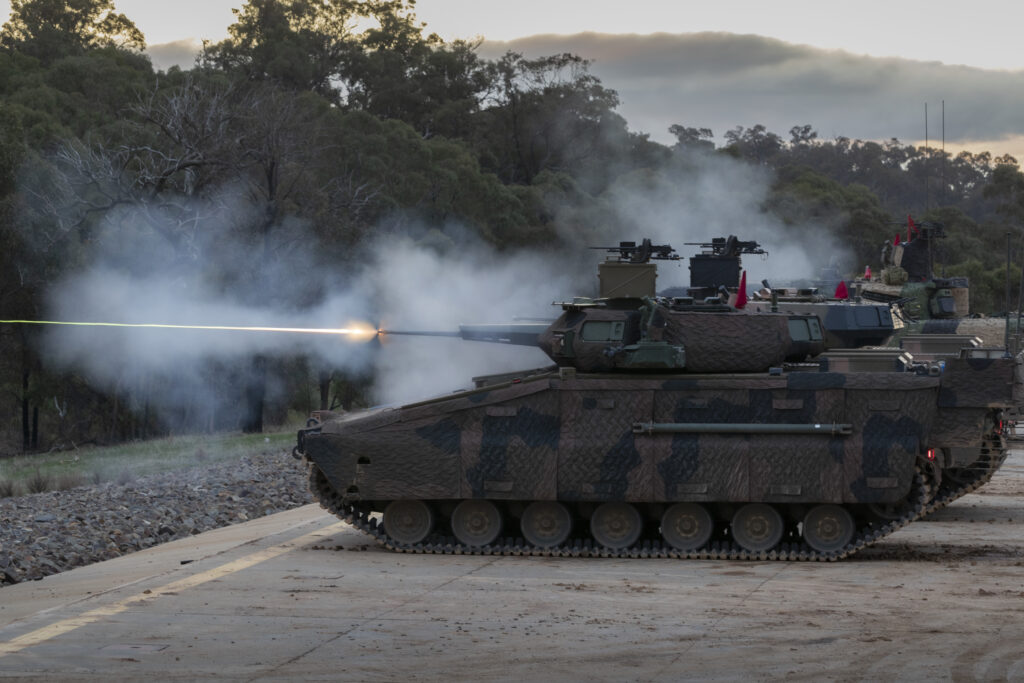Hanwha Defence Australia and Penske Australia have partnered to assemble, evaluate, and provide engines for the Australian Army’s upcoming Redback infantry fighting vehicles.
The project involves 129 Redbacks procured from Hanwha in 2023 as part of Canberra’s ground combat capability modernization effort.
Through their latest collaboration, Penske Australia will have a license to develop and test the Rolls-Royce Power System MTU MT881-Ka500 that will power the future fleet.
The consortium highlighted the merits of the model as a 1,000-horsepower eight-cylinder diesel-powered engine that has a “well-proven reputation for performance and reliability.”
It is currently installed in more than 3,000 international military platforms, including the Hanwha-made Huntsman heavy artillery and supply vehicles that are also being procured by the Australian Department of Defence.


After the manufacturing process, the Rolls-Royce machines will be shipped to Avalon, Victoria, where they will be fitted into the Redback vehicles.
“This significant agreement enhances our longstanding support of Australian Defence Force platforms, both land and sea, while further strengthening our partnership with Hanwha Defence Australia, a key industry capability provider and valued member of our global supply chain,” Penske Australia Managing Director Hamish Christie-Johnston stated.
The Redback Vehicle
Based on Hanwha’s K21 combat vehicle, the Redback measures 9 meters (30 feet) long and weighs approximately 40,000 kilograms (88,185 pounds).
It is operated by a crew of up to six personnel and is armed with a 30-millimeter cannon, a 7.62-millimeter general-purpose machine gun, and long-range anti-tank guided missiles.
Additional armaments it can carry include a 5.56-millimeter light support weapon, a general service machine gun, a 12.7-millimeter machine gun, and a 40-millimeter grenade launcher.
The platform can drive at 70 kilometers (43 miles) per hour and has an operational range of about 500 kilometers (311 miles).


